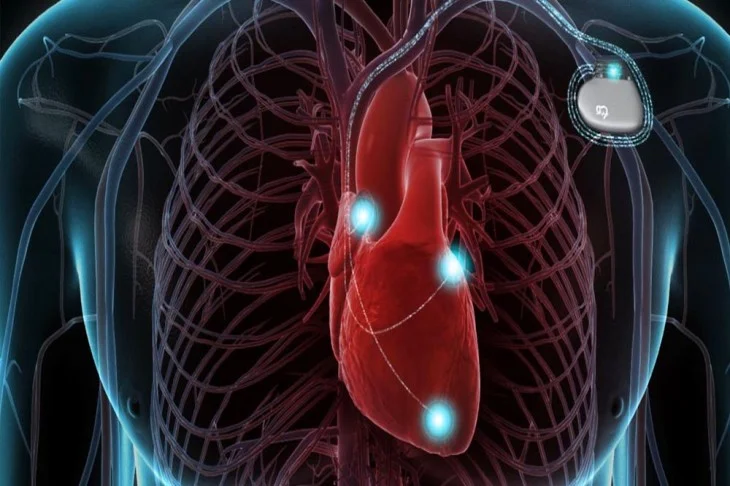Implantable Cardioverter- Defibrillator (ICD)
An AICD, which is a tiny device that delivers a shock to the heart, is used when the heart begins to beat very quickly and has an irregular rhythm known as ventricular tachycardia or ventricular fibrillation. The AICD is commonly implanted in the upper chest under the skin to manage life-threatening arrhythmias.
A pulse generator, which can deliver an electric signal or a shockwave to the heart, is part of the AICD system. Pacing leads are wires that give a shock to the heart tissue, helping to restore normal heart rhythm when dangerous electrical activity is detected.
When Should AICDs Be Used?
Sudden death seems to be a very real possibility for certain people with heart disease. An AICD can detect the irregular cardiac rhythm in these people and give a shock to restore normalcy and avert death. The following are indications for an AICD:
- Those who have suffered a heart attack.
- People who have had excessively quick heartbeats documented (VT) (Ventricular Tachycardia)
- Persons at risk of ventricular tachycardia because of:
- Heart failure as a result of a major heart attack or other disorders
- Hypertrophic cardiomyopathy is a congenital disease.
During an AICD procedure, what happens?
AICDs are typically inserted under local anaesthetic right beneath the collarbone on the left side. The technique is identical for pacemaker insertion and it is performed in a cardiac catheterization laboratory.
What Happens After the Surgery Is Completed?
Any symptoms of bleeding or inflammation at the wound area will be monitored after the procedure. The average hospital stay is 2-3 days, with a rapid return to routine activities.

